According to the International Justice Resource centre, an internally displaced person is someone who is forced to leave their home but who remains within their country’s borders.They are often referred to as refugees, although they do not fall within the legal definitions of a refugee whilst according to the United Nations, IDPs stay within their own country and remain under the protection of its government, even if that government is the reason for their displacement.
Due to heightened insecurity in Nigeria, the amount of refugees and internally displaced persons is constantly on the rise. According to the UN, the Nigerian refugee crisis will be going into its seventh year. Since violent attacks of the Islamist group Boko Haram started to spill over Nigeria’s north-eastern frontier in 2014, Cameroon, Chad and Niger have been drawn into what has become a devastating regional conflict.
These internally displaced people do not have houses or property as a result of said conflict and therefore look to their governments for solutions. This can go either way, but unfortunately in this part of the world, prolonged homelessness or living in slums in areas such as Makoko, Mushin, Iwaya, etc is the outcome. For those fortunate enough to be cared for by the government there are camps set up in states across the country, including, the capital, Abuja, Lagos and Borno. Governments around the world set up IDP camps. This is usually a safe shelter for displaced persons, where they are protected and taken care of before they eventually move back to their homes.
As well as setting up camps, the Nigerian government periodically provides houses to internally displaced persons. For example in September 2021 the Federal Government handed over 1000 houses to IDPs in Borno. The 1,000 houses consist of blocks of four units of two-bedrooms bungalows with veranda and courtyards in clusters arrangement. Each block sits on 400 square metres with a perimeter fence and ample space for other home activities. The following social and economic facilities are also provided in the estate: Solar-powered street lights, four industrial solar-powered boreholes, planting of over 3,000 economic trees as well as provision for school, market, police station and motor park.
In addition to government aid, humanitarian bodies such as the UN do a lot in the aiding of these IDPs. The UN works with other humanitarian agencies to ensure they are able to reach as many people in need globally and are guided by the policies outlined in the principle working document, UNHCR’s Strategic Directions 2017-2021. In order to coordinate assistance, such as shelter, health care, camp management or protections, the UN uses a cluster approach. A cluster is when a group of agencies work together to set up and deliver an area of assistance, such as shelter, health care, camp management or protection. UNHCR leads the Global Protection Cluster, co-leads the Global Shelter Cluster with International Federation of Red Cross and Red Crescent Societies (IFRC) and the Global Camp Coordination Camp Management Cluster (CCCM) with International Organisation for Migration (IOM).
It is key that these internally displaced people who are some of the most vulnerable in our society are well taken care of as the socioeconomic impacts of not paying attention to them can be grand. Internal displacement impacts the livelihoods, education, health, security, social life, environment and access to housing and infrastructure of displaced people, their hosts and the people they leave behind.
Internal displacement particularly affects the housing market, when people flee their homes. Shelter is priority number 1, Substandard shelter affects health, exposing people to weather extremes and natural hazards, and facilitating the spread of communicable diseases. It may also cause or aggravate mental ill health, whether because of overcrowding or isolation. So it is important to address this in a timely manner. IDPs have a few options apart from government intervention and aid from humanitarian bodies i.e, hosting; this is the practice of moving in with a family in their home, this is often favoured as in situations like this a sense of home community can be beneficial. Approximately eighty per cent of the people displaced by Boko Haram in the Lake Chad Basin live in host communities, as do 70 per cent of IDPs in DRC. Another option for IDPs with the means is to rent, however IDPs usually have their ability to earn a living hindered due to conflict and so paying rent is often not a sustainable solution, without being able to pay rent these people risk eviction.
There are recommendations on how to best deal with internally displaced persons, for example; promoting rental agreements with payments in instalments. Governments and community leaders should encourage land owners and renters to agree to shorter contracts and allow for payments in installations rather than a full year at once.
It is also important to reduce the stigma surrounding IDPs and leaders in host communities have a duty to remind their community that these displaced people were welcomed because they had to flee their countries and homes because of violence and not because they were the ones committing offences.

